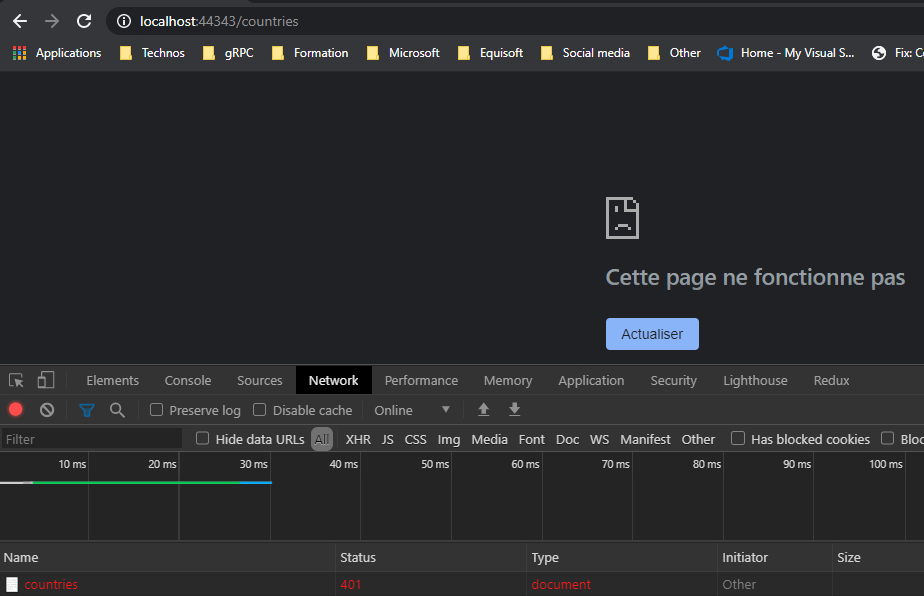Nano services with ASP.NET Core or how to build a light API
Introduction
This post might seem bizzare at first. In fact the idea of writing this article did not come to me on my own. The original idea came from a James Newton King tweet, this last is offering a way to write an API in the simplest possible way, efficient and without any particular framework. I found it cool and that’s why I’m making it a post today. Here is his original tweet: https://twitter.com/JamesNK/status/1276450146365001728
Creating the app
It’s quite easy, you just need to create an ASP.NET Core app with an empty template:

As promised you can see the solution is very light: a program.cs file, a Startup.cs file, settings (app and launch setting), and no dependencies except regular framework (.NET Core and ASP.NET Core):

The Startup.cs code looks like this:
Writing our first nano service
I don’t know if the term “nano service” is right but I like it, so let’s call it a nano service 🙂
Let’s create two endpoints with the MapGet extension method (MapPost, MapDelete etc.. are also available), one that serves a list of countries, another one a country from a given id, and then let’s write their implementation:
Demo:

Great isn’t it ?
And that’s it ?
Yes it’s as simple as that ! But you we can go a little bit further, why not using a service (with or without using Dependency injection system) ? Let’s do it! In the next example I will use DI system, but it’s not really relevant, I just want to show you can use it, you can instantiate directly the CountryService designed below:
Now you Startup.cs looks like this :
While we are at it, we can also protect our nano service with a token for example, you can notice the extension method .RequireAuthorization() can be chained to .MapGet() method in order to apply authorization like [Authorize] attribute does it in a controller class:
Now our nano service is protected, demo:

Conclusion
I showed you how to build an API with dependencies on truly minimalist frameworks.
For practical use, I would say that you could use that way to expose mocks or expose an API with real data containing very tight logic or one / two endpoints, up to you! I hope this article has sown the seed in your mind just like James Newton King did :). I you find a another use case for this, please me know!
